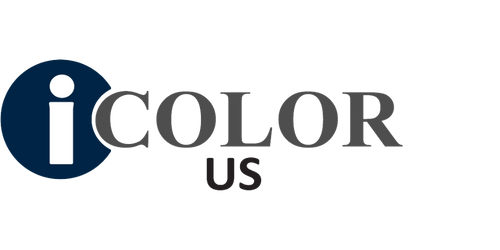The Use of Colorants in the Paper Industry
In today’s competitive market, the use of colorants in the paper industry plays a critical role in differentiating products, enhancing visual appeal, and meeting specific consumer demands. This article delves into the various aspects of colorant usage in the paper industry, exploring the types of colorants, their applications, benefits, and industry trends. We will also discuss the environmental implications and the future outlook of colorants in paper manufacturing.
Understanding Colorants
Colorants are substances that impart color to materials, including paper. They are classified into dyes and pigments:
- Dyes: These are soluble colorants that dissolve in water or other solvents, producing bright and vivid colors. Dyes are commonly used in fine papers and printing papers.
- Pigments: These are insoluble colorants that disperse in the medium, providing opacity and brightness. Pigments are used in coatings and specialty papers.
Types of Colorants Used in the Paper Industry
- Organic Dyes: Derived from natural sources, organic dyes are eco-friendly and produce vibrant colors. They are used in high-quality papers and packaging materials.
- Inorganic Pigments: Made from minerals, inorganic pigments offer excellent lightfastness and stability. Common examples include titanium dioxide and iron oxide.
- Optical Brighteners: These agents enhance the whiteness and brightness of paper by absorbing ultraviolet light and emitting blue light. They are widely used in printing and writing papers.
- Fluorescent Dyes: Known for their glowing effect under UV light, fluorescent dyes are used in security papers and advertising materials.
Applications of Colorants in the Paper Industry
- Printing and Writing Papers: Colorants enhance the aesthetic appeal and readability of printed materials. They are used in books, magazines, and office papers.
- Packaging Papers: Colorants are essential in creating attractive and functional packaging materials, helping brands stand out on the shelves.
- Specialty Papers: Used in decorative papers, wallpapers, and gift wraps, colorants provide unique visual effects and textures.
- Security Papers: Fluorescent and color-shifting dyes are used to prevent counterfeiting and ensure the authenticity of documents.
Benefits of Using Colorants in Paper Manufacturing
- Enhanced Visual Appeal: Colorants add vibrancy and variety to paper products, making them more appealing to consumers.
- Brand Differentiation: Customized colors help brands create a unique identity and stand out in the market.
- Improved Readability: Colorants can enhance the contrast and legibility of printed materials, improving the reading experience.
- Functional Properties: Certain colorants provide additional functionalities such as UV protection, anti-counterfeiting, and water resistance.
Industry Trends and Innovations
- Sustainable Colorants: With increasing environmental concerns, the industry is shifting towards sustainable and biodegradable colorants. Natural dyes and pigments derived from renewable sources are gaining popularity.
- Digital Printing: The rise of digital printing technology has expanded the possibilities for colorant application, allowing for precise and customized color reproduction.
- Smart Colorants: Innovations in smart colorants that change color based on temperature or light exposure are being explored for various applications, including packaging and security papers.
- Nano Pigments: Advances in nanotechnology have led to the development of nano pigments that offer superior color strength and dispersion, enhancing the quality of paper products.
Environmental Impact of Colorants
- Eco-Friendly Alternatives: The paper industry is increasingly adopting eco-friendly colorants that have minimal environmental impact. These include water-based dyes and biodegradable pigments.
- Waste Management: Proper management and disposal of colorant waste are crucial to prevent environmental pollution. Recycling and reusing colorant residues can help reduce waste.
- Regulations and Standards: Compliance with environmental regulations and standards ensures the safe use and disposal of colorants in the paper industry.
The Future of Colorants in the Paper Industry
The future of colorants in the paper industry looks promising, with ongoing research and development focused on creating more sustainable, efficient, and innovative solutions. Key areas of focus include:
- Green Chemistry: Developing colorants using green chemistry principles to reduce environmental impact and enhance sustainability.
- Advanced Functionalities: Exploring new functionalities for colorants, such as antimicrobial properties and interactive features for smart packaging.
- Customization and Personalization: Leveraging digital technologies to offer customized and personalized color solutions for various paper applications.
- Collaboration and Innovation: Industry collaboration and innovation will drive the development of new colorant technologies and applications, meeting the evolving demands of consumers and businesses.
Conclusion
The use of colorants in the paper industry is a dynamic and evolving field, driven by the need for aesthetic appeal, functionality, and sustainability. As the industry continues to innovate and adopt eco-friendly practices, colorants will play a vital role in shaping the future of paper products. iCOLOR US LLC is at the forefront of these advancements, offering high-quality colorant solutions that meet the diverse needs of the paper industry.



